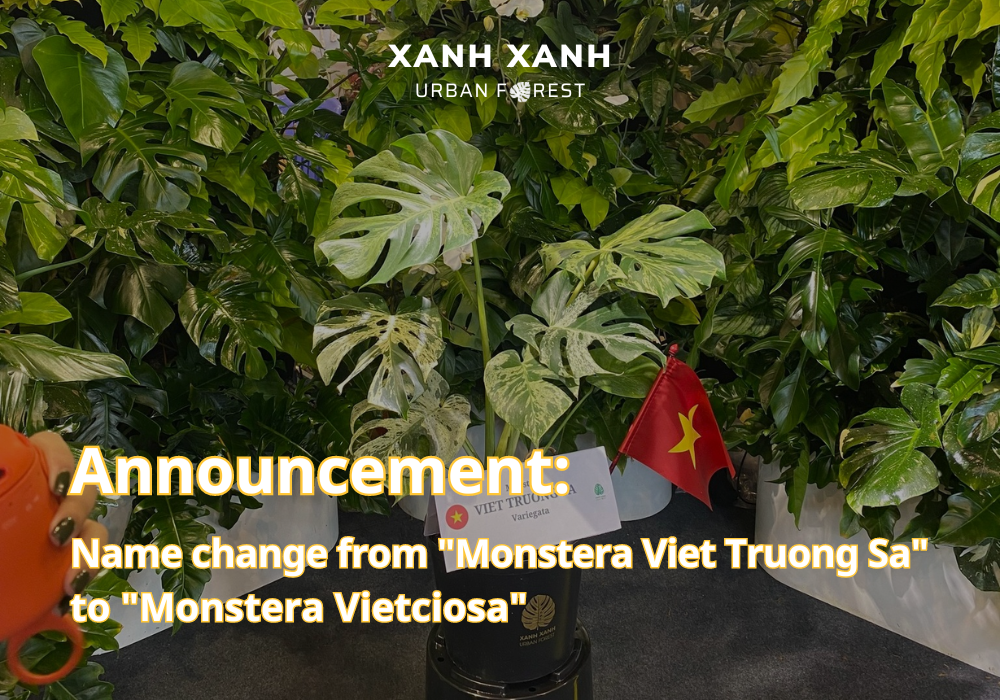Table of Contents
1. Introduction to Monstera ‘Burle Marx Flame’
- Common name: Monstera ‘Burle Marx Flame’, Monstera Form 8
- Scientific name: Monstera Dilacerata Burle Marx Flame
- Family: Araceae
- Origin: Central and South America
2. Plant Identification
With its unique foliage, the Monstera ‘Burle Marx Flame’ truly stands out among houseplants. As per its name, the large, deeply carved edges of the leaves create elaborate designs like flames. The plant’s leaves are visually appealing due to their rich green color. This impressive beauty makes it one of the most coveted Monstera varieties.
Read more: Discover the Monstera Burle Marx Flame: A Unique and Coveted Indoor Plant
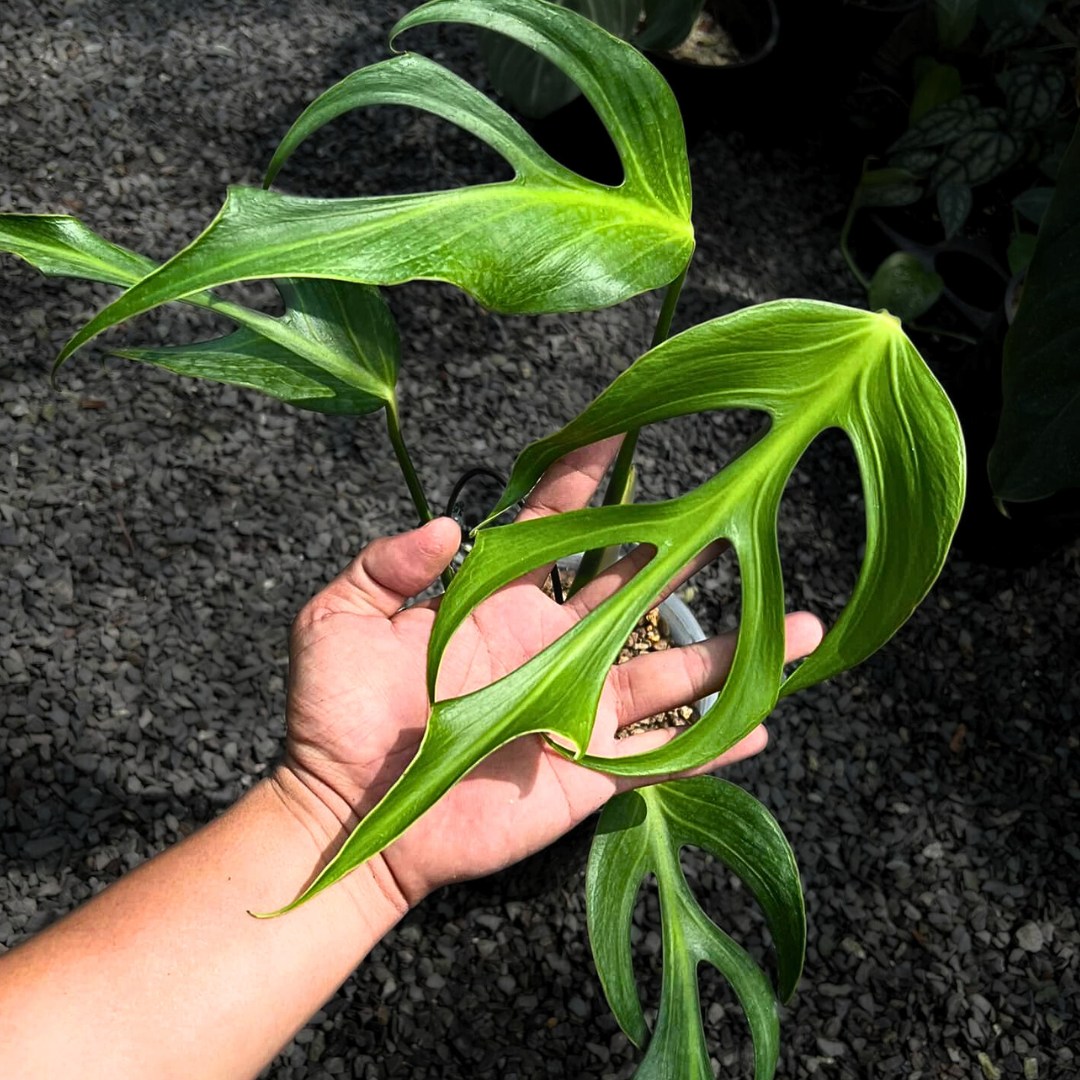
3. Plant Care
3.1. Light
Monstera ‘Burle Marx Flame’ thrives in bright, indirect light. Direct sunlight should be avoided as it can scorch the leaves, leading to unsightly brown spots. An east- or west-facing window often provides the ideal conditions. If your home lacks natural light, consider supplementing with grow lights to ensure your plant receives adequate illumination.
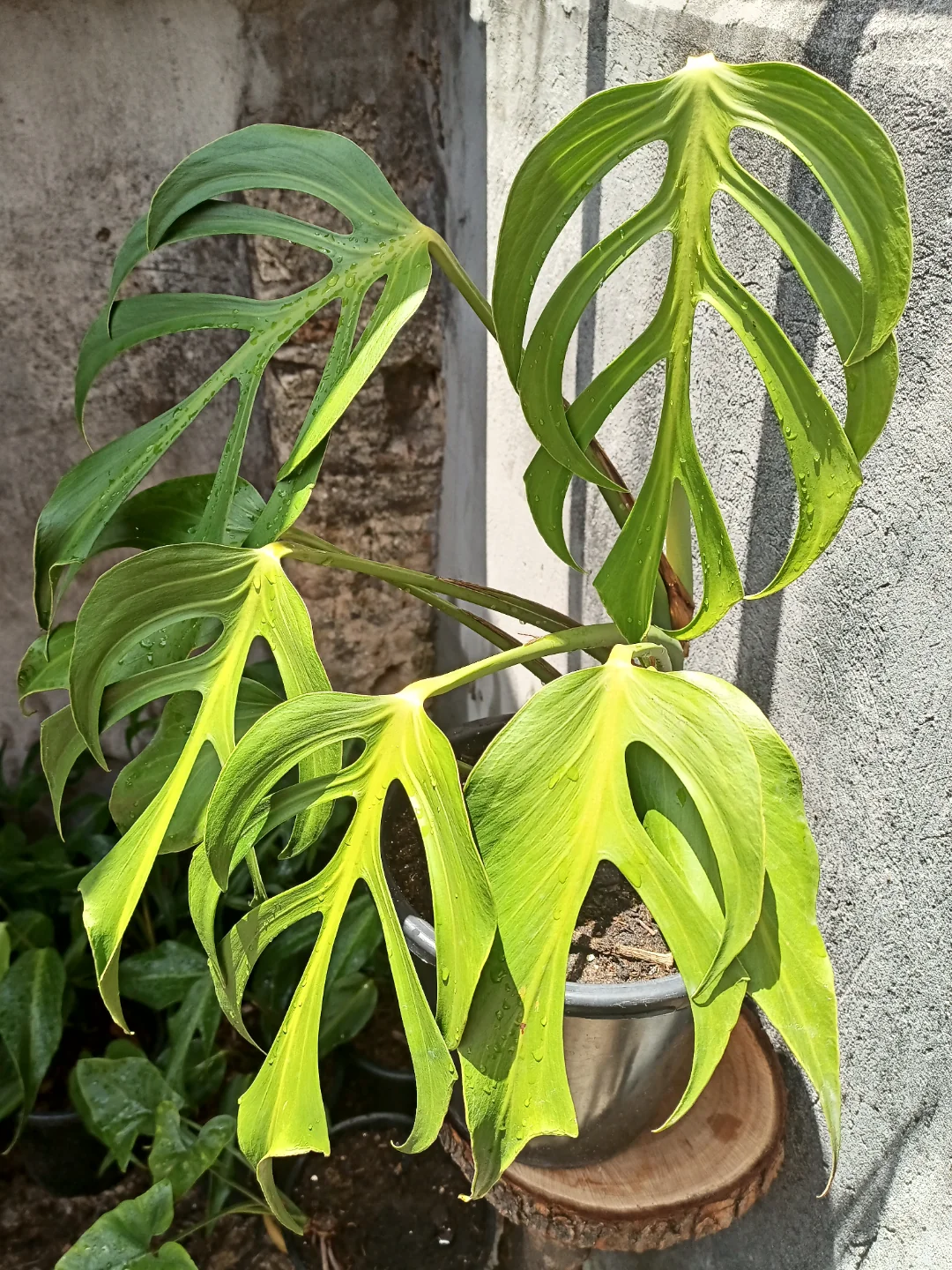
3.2. Water
Watering is important for maintaining the health of your Monstera Burle Marx Flame. Be cautious not to overwater, as Monstera ‘Burle Marx Flame’ is susceptible to root rot. Water the plant only once the top two inches of the soil appear to be dry. During the winter months, reduce watering frequency as the plant’s growth slows.
3.3. Potting mix
Using the right potting mix for your Burle Marx Flame is extremely important, if not the most important thing in this care guide.
The ideal pH range for the potting mix is 5.5 to 6.5. A mix that includes peat moss, perlite, and orchid bark provides the right balance of moisture retention and aeration. This combination mimics the plant’s natural epiphytic environment, allowing the roots to breathe and grow healthily.
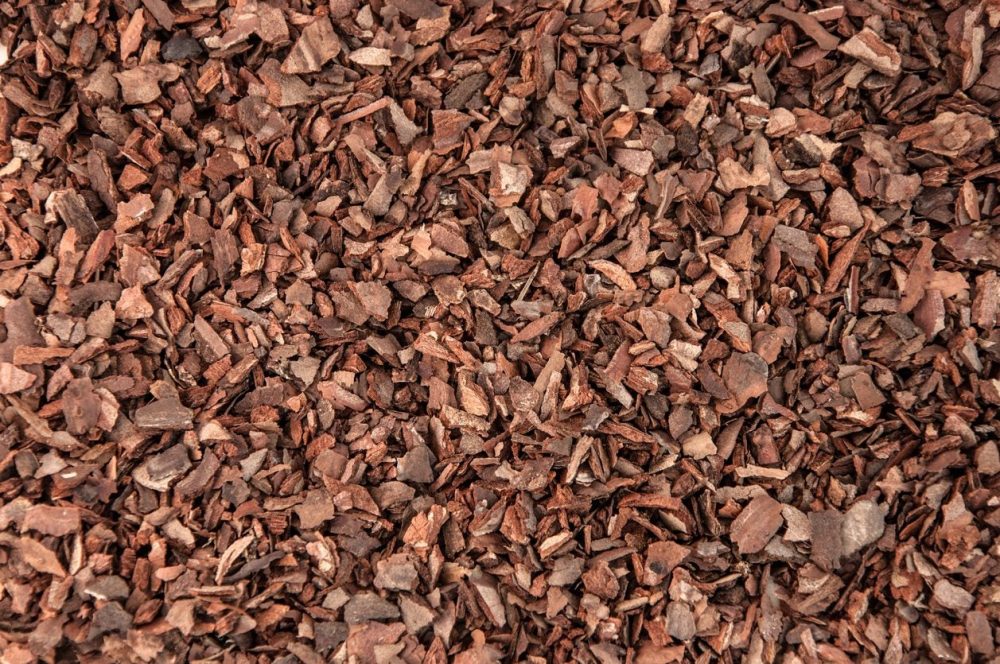
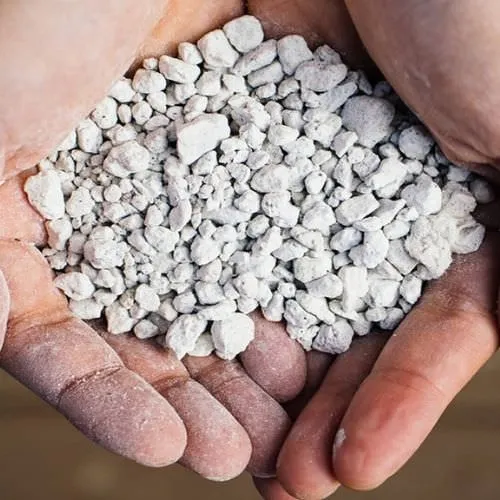
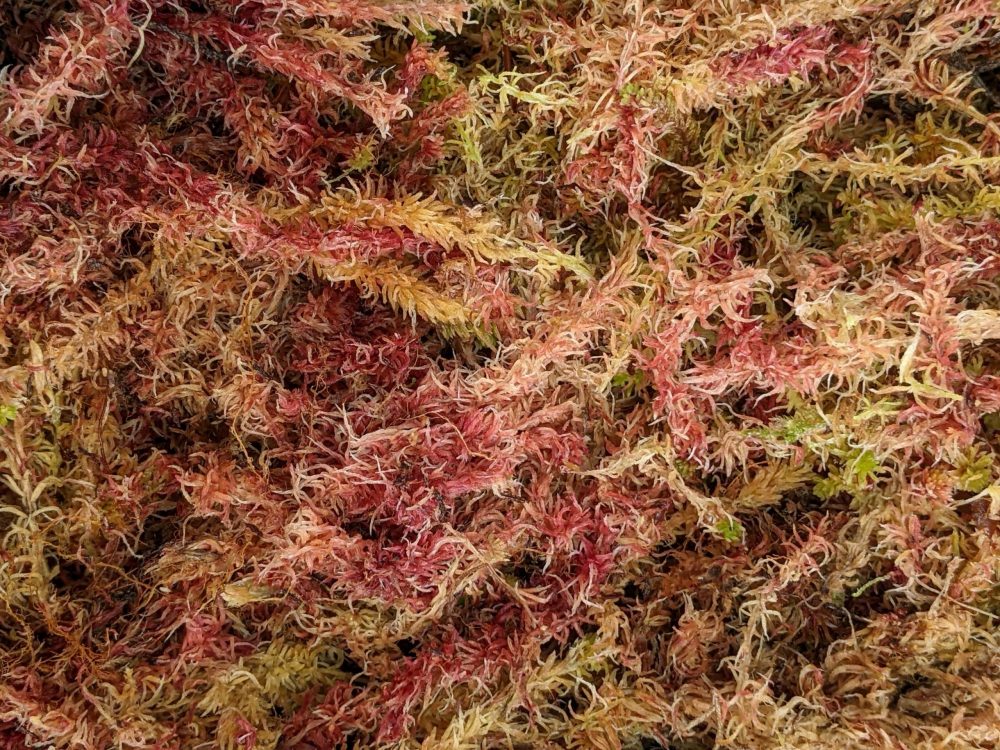
3.4. Fertilizer
Most plants gain from a monthly fertilizer boost in the spring and summer. You only need to dilute a balanced liquid fertilizer to half its original strength. Utilize the fertilizer solution to provide your plant with nutrients when you water it. To prevent fertilizer buildup, make sure to rinse the pot with plain water after fertilizing.

3.5. Temperature
Monstera ‘Burle Marx Flame’ prefers warm temperatures ranging between 65°F to 85°F (18°C to 29°C). It is sensitive to cold drafts and sudden temperature changes, so keep it away from windows and doors that may expose it to chilly air. These sudden changes can stress the plant and lead to problems.
3.6. Humidity
Monstera ‘Burle Marx Flame’ needs a high relative humidity to be successful. It develops optimally at 80% humidity, and it favors humidity levels over 60%. Increased growth and glossier, more noticeable veins in the leaves are produced by this high humidity level.
To improve the humidity around your plant, use these techniques: Turning on a humidifier is the simplest way. Follow the setup and maintenance instructions provided by the manufacturer when selecting a humidifier, and make sure it is the right size for your plant.
Use a pebble tray as a less expensive solution. Be sure the water in a tray does not completely immerse the pebbles as you fill it with it. Scatter the pebbles onto your plant pot. Set your pot of Monstera ‘Burle Marx Flame’ atop the pebbles. Around the plant, humidity will be produced when the water vapor evaporates.
4. Common Problems
Though largely resistant to pests and diseases, Burle Marx Flame can have a few frequent issues.
- Overwatering: Anthurium clarinervium most frequently causes problems like these. Remaining the plant in wet soil for an extended period of time can cause the roots to rot. Monitor soil moisture levels frequently and water only when the top inch of soil is dry to prevent overwatering.
- Underwatering: The Clarinervium may have issues with underwatering as well, however overwatering is more frequent. Should the plant not receive enough water, the leaves may droop and wilt. When the plant does require irrigation, give it a thorough mist and let the extra water run out of the container. This will help to prevent underwatering.
- Pests: Although the Clarinervium is not very pest-sensitive, scale insects mealybugs and spider mites can nevertheless have an impact on it. If pests are visible on your plant, keep it separate from other plants and treat it with neem oil or insecticidal soap.
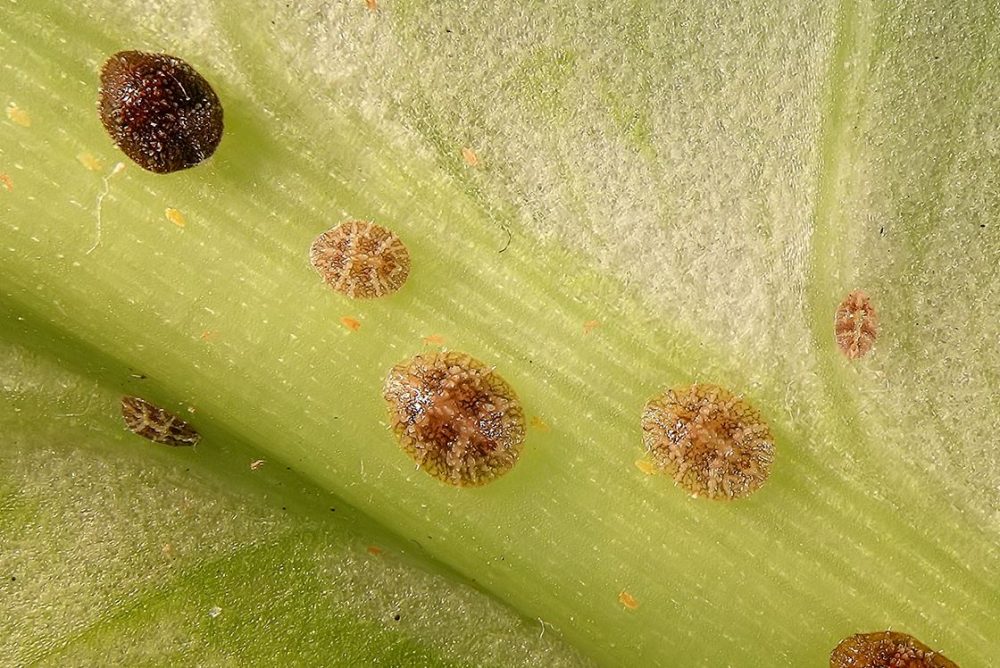
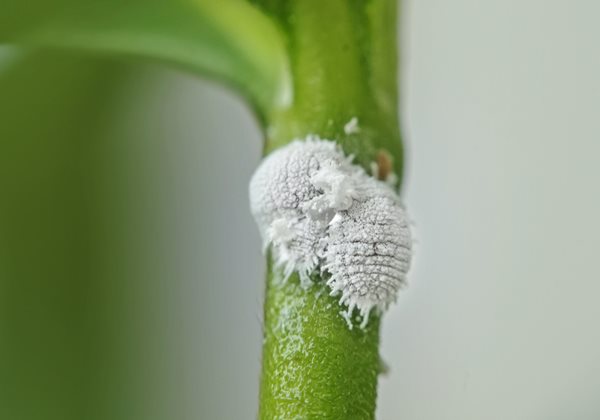
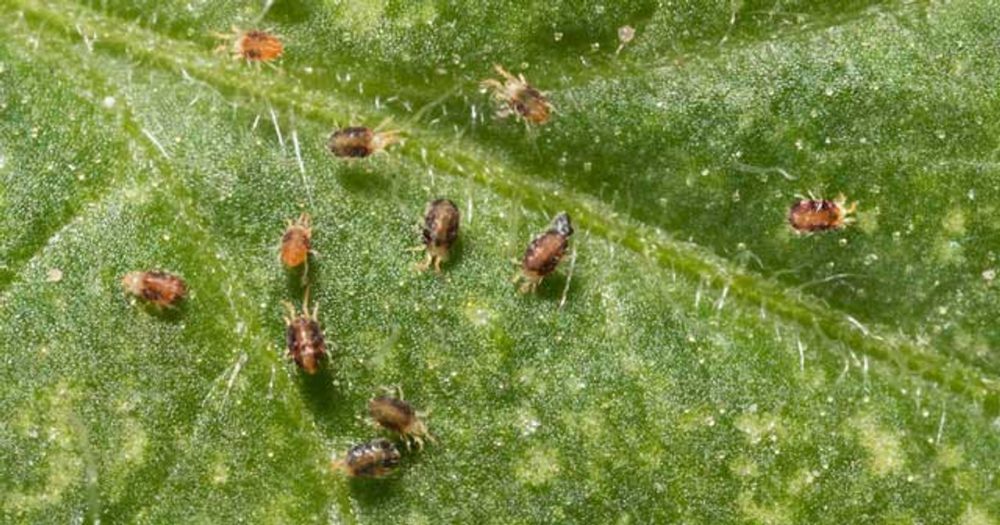
While it can still be vulnerable to fungal diseases like leaf spot, Philodendron Snowdrift Variegated is also comparatively resistant to disease. Fungi that love wet environments are the source of leaf spot.
The following techniques can be used to cure pests or illnesses that you find on your plant:
- Pests: If you find sacle insects, mealybugs or spider mites on your plant, you can treat them with insecticidal soap or neem oil. Be sure to follow the instructions on the product label carefully.
- Diseases: If you notice signs of leaf spot, you can treat the plant with a fungicide. Be sure to follow the instructions on the product label carefully.
5. Final thought
The Monstera ‘Burle Marx Flame’ is a gorgeous low-maintenance plant that can bring a tropical charm to any space. You may help your plant grow and thrive for years to come by following the advice in this article.
Xanh Xanh Urban Forest hopes that you found this blog article to be useful and educational. Please use the following to contact us with any questions:


